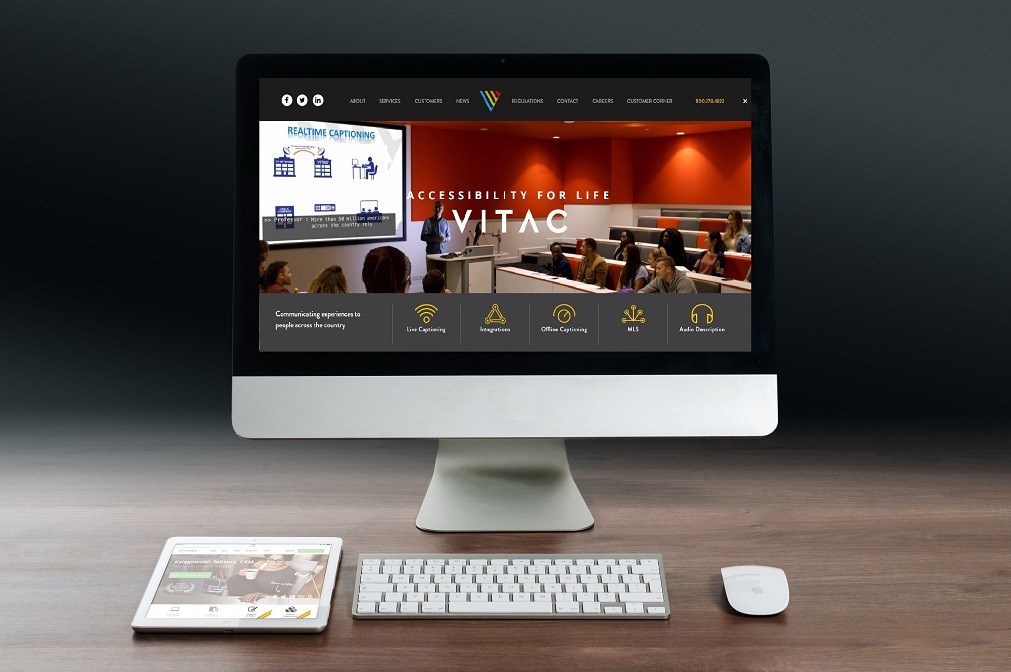Captions provide a link not only to entertainment, but also to education, news, and emergency information for nearly 50 million Americans in the deaf and hard-of-hearing (DHOH) community. They enable a broad range of organizations, from tech firms to financial service advisers to educational institutions, to help employees, customers, and partners access and navigate the world around them.
From corporate boardrooms to elementary classrooms and from arena-filled concerts to standing-room-only football games, captions continue to expand well beyond traditional television and media and into the business, government agency, and education sectors, reaching new audiences every day via computer screens, tablets, and smartphones.
Captions also help children learning to read, who use them as a learning tool, aiding with word identification, meaning, acquisition, and retention.

Captions also are important to the approximately one in three people in the United States between the ages of 65 and 74 with difficulty hearing, as well as anyone who has ever tried to watch a muted video in a public setting, like a library, bus, or crowded restaurant, or the growing number of millennials who prefer to watch video without sound.
In short, captions play a crucial function in the daily lives of millions.
And though adding captions to your content simply is the right thing to do − it immediately makes that content inclusive and accessible to millions who otherwise would miss out − it also goes a long way towards satisfying federal requirements, including those from the Americans with Disabilities Act (ADA), Section 508 of the Rehabilitation Act, and the Federal Communications Commission (FCC).
Though the ADA and captions don’t always go hand-in-hand, becoming and remaining compliant is a means to accommodate those who are deaf and hard of hearing, while Section 508 requires federal agencies to make electronic and information technology accessible to people with disabilities. The FCC also has outlined a series of captioning best practices for programmers and caption vendors, among others, that lay out specific requirements on such things as caption accuracy, synchronicity, completeness, and placement.
VITAC’s “Why Caption” webinar, hosted by Brittany Winland, VITAC’s Director of Marketing Communications, and featuring speaker Heather York, VITAC’s Vice President of Marketing and Government Affairs, will be held on Thursday, March 21, from 12 to 12:30 p.m. ET. The webinar will look at the myriad advantages of captioning, and present reasons from a variety of regulatory, industry, and consumer standpoints.




